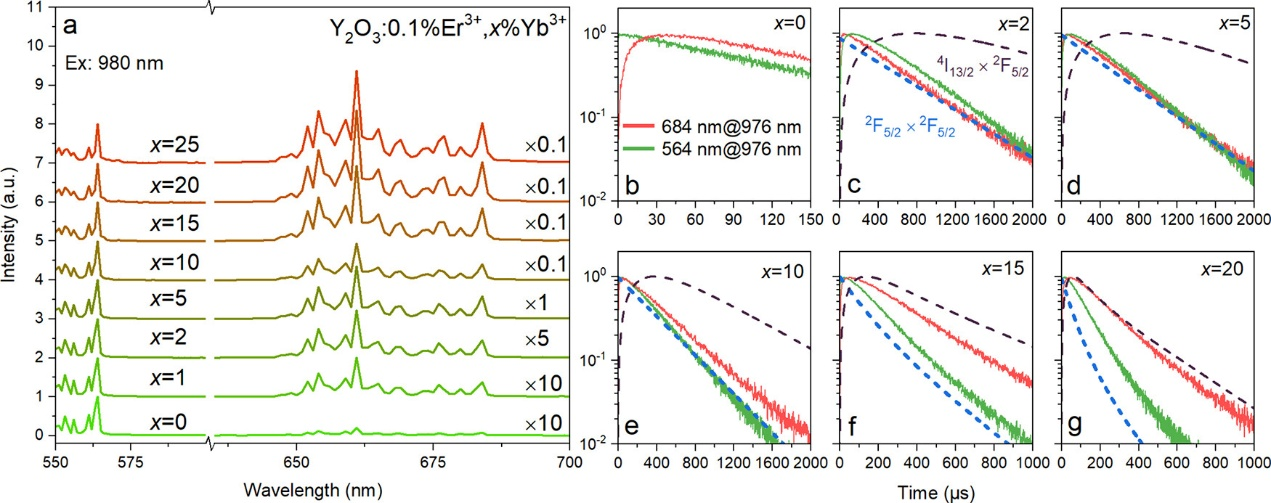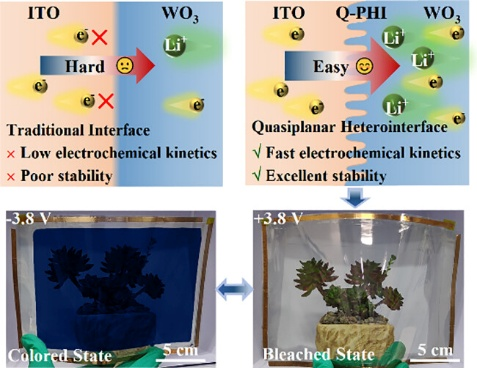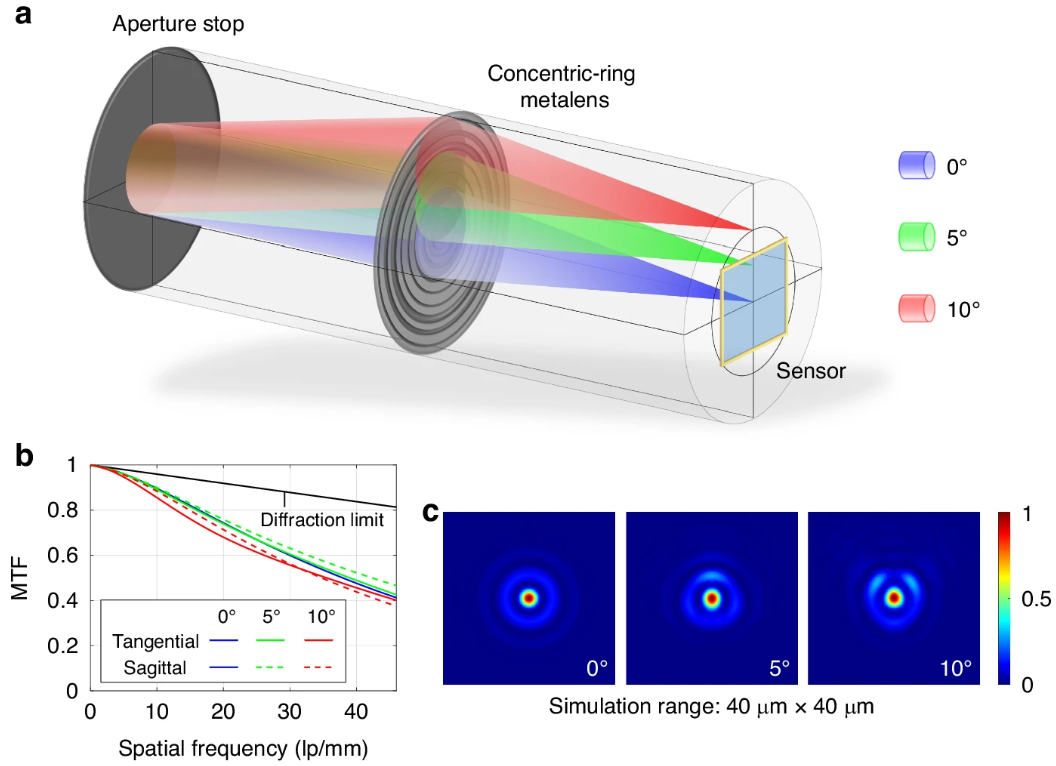
Researchers at the Changchun Institute of Optics, Fine Mechanics and Physics, Chinese Academy of Sciences, have uncovered an innovative energy transfer mechanism that significantly enhances the red emission in upconversion systems.

Researchers at the Changchun Institute of Optics, Fine Mechanics and Physics, Chinese Academy of Sciences, have unveiled a research in electrochromic technology that promises to revolutionize smart windows. Published in Nano Letters, their study introduces a novel "quasiplanar heterointerface" (Q-PHI) in tungsten trioxide (WO3) films, which are key components in electrochromic devices.

Published in the journal Light: Science & Applications, a groundbreaking study by a research team from the Changchun Institute of Optics, Fine Mechanics and Physics, Chinese Academy of Sciences, introduces a revolutionary design approach for fixed-height concentric-ring metalenses. This innovative work addresses the increasing demand for metalenses with diameters reaching the order of 105λ, offering advancements in the field of optics.

A recent study published in Light: Science & Applications at the Changchun Institute of Optics, Fine Mechanics and Physics, Chinese Academy of Sciences, have successfully developed an anisotropic schottky photodetector (ASPD) system. This innovative system showcases advancements in polarized detection technology, utilizing two-dimensional (2D) materials to achieve unprecedented levels of photosensitivity and imaging quality.

Revolutionary advancements in bacterial strain identification have been achieved through the innovative application of Raman spectroscopy. A recent study published in Talanta at the Changchun Institute of Optics, Fine Mechanics and Physics, Chinese Academy of Sciences, have employed advanced analytical techniques to enhance the accuracy and efficiency of identifying pathogenic bacteria, holding significant implications for various fields including healthcare, food safety, and environmental monitoring.

Changchun Institute of Optics, Fine Mechanics, and Physics, Chinese Academy of Sciences, has made strides in enhancing the performance of narrow-linewidth semiconductor lasers, as recently published in Heliyon. These advancements address longstanding challenges in reducing noise for high-precision applications, including optical communications and sensing technologies.
